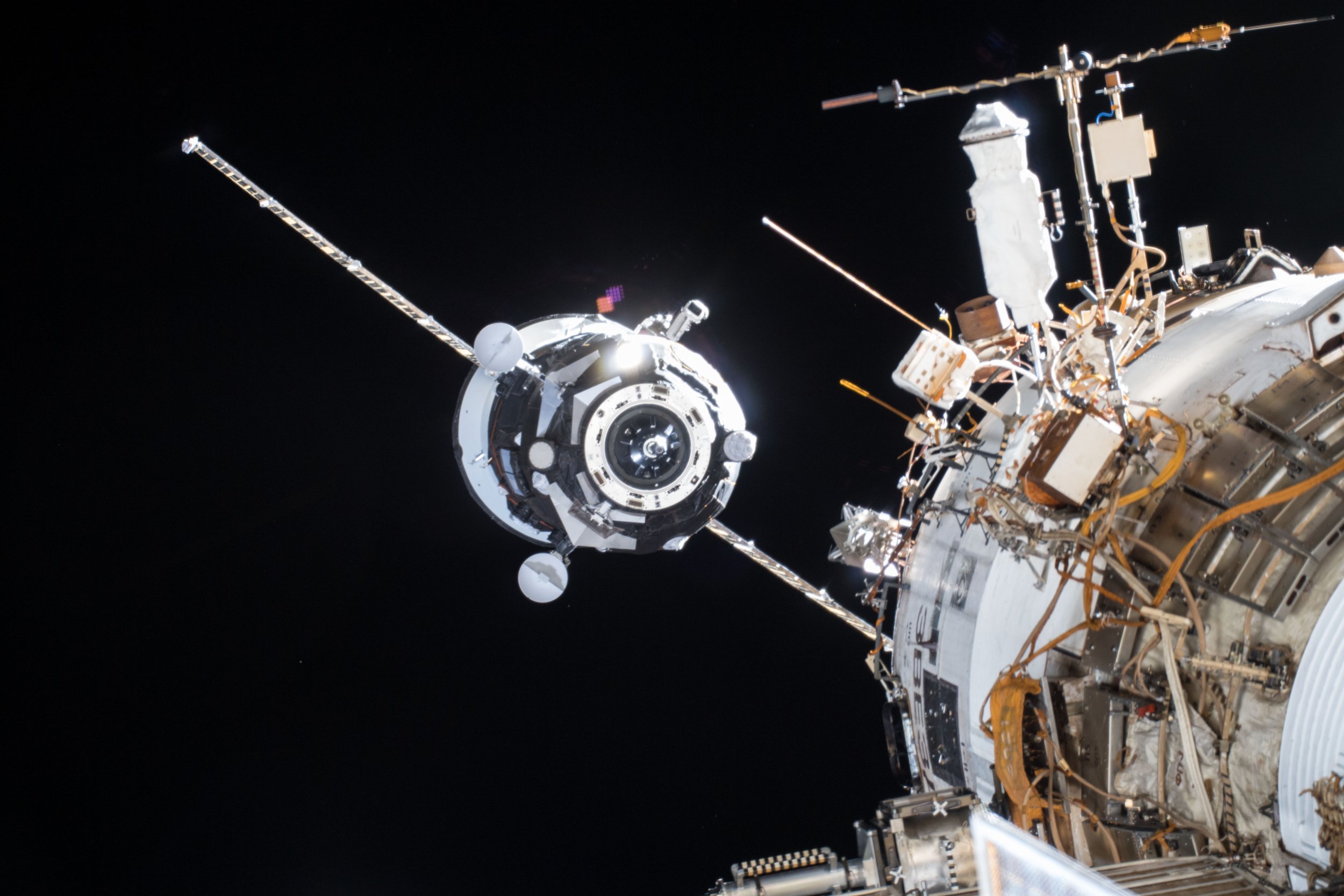
It sounds like a science fiction plotline—a space elevator. Now, it may be a possibility.
Scientists at Japan's Shizuoka University are testing the space elevator, a potential solution to getting materials or satellites off of Earth. On September 11, the team will launch a scale model of the motorized box into Earth's orbit.
The elevator consists of two cubic satellites that are only 4 inches on each side. The satellites will be connected by a 33-foot steel cable. The parts of the machine will launch on H-IIB rocket from the Japan Aerospace Exploration Agency's Tanegashima Space Center to the International Space Station (ISS).
"It's going to be the world's first experiment to test elevator movement in space," a university spokesman told AFP. From the ISS, the two satellites will be released into space. On the cable that attaches the satellites, a container will move using a motor. There will be a camera attached to the satellites that will record the container in action.
In the past, astronauts have extended a cable in space, but this is the first time that a container will move along a cable. Scientists have struggled with creating a space elevator in the past, so if this experiment is successful it will be a welcome step forward in the process. A space elevator could provide a low-cost solution to send materials—or people—to the station. One difficult part of creating a space elevator is finding the right material for a cable.
"No current material exists with sufficiently high tensile strength and sufficiently low density out of which we could construct the cable," Keith Henson, a technologist and engineer, told Gizmodo. "There's nothing in sight that's strong enough to do it — not even carbon nanotubes." And if to much pressure is applied, there's the worry of the cable unzipping. The elevator would also have to avoid space junk and satellites, withstand winds, and be able to fight the gravity from the Sun, Moon, and Earth.
However, the Japanese team thinks the elevator could work. Obayashi Corp., which is serving as the technical advisor to the Shizuoka University researchers, is working on their own elevator experiment where six oval shaped cars that can hold 30 people each would ascend around 22,370 miles into space. The test next week could provide valuable data in making those plans.
"In theory, a space elevator is highly plausible." Yoji Ishikawa, who leads the Obayashi research team, told the Japanese paper The Mainichi. "Space travel may become something popular in the future."
Uncommon Knowledge
Newsweek is committed to challenging conventional wisdom and finding connections in the search for common ground.
Newsweek is committed to challenging conventional wisdom and finding connections in the search for common ground.
About the writer
To read how Newsweek uses AI as a newsroom tool, Click here.








